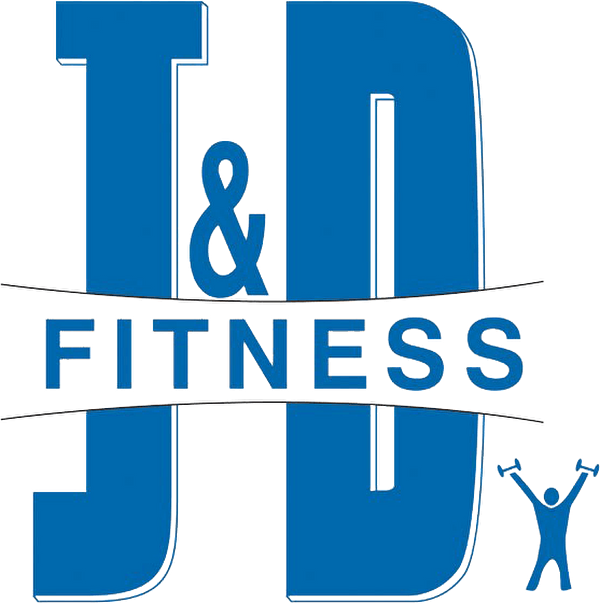Every 10 years or so, you will have an accepted protocol or accepted approach in strength and conditioning that will get challenged. This challenge will typically come from someone in the research realm. The researchers usually do not have a dog in the fight, so they perform their research and will share the results from their collected data. The problem is that everyone doesn’t receive or accept these findings at the same time. What I’ve experienced is that the change usually starts at the professional and Olympic athlete level- Group A, then the high-level athlete (usually at the Collegiate or High School level)- Group B, followed by the active gym goer from the general population- Group C, to eventually be welcomed by the beginner from Group D. Each one of these populations is accompanied by trainers and coaches that work within that specific population. I’m lucky that I’ve had the opportunity to work with people from each of these groups over the years, but have taken the approach to follow the research and trends from Group A and implement it as I currently spend most of my time working with people in Groups C and D. One of the topics that’s been challenged is how to train rotation.
Rotation is considered one of the fundamental movement patterns. Movement competency is determined by how well you can squat, lunge, hip-hinge, push (both horizontally and vertically), pull (both horizontally and vertically), twist or rotate, and your gait.

This was established back in the 90’s, by one of the leaders in functional training Paul Chek. Many presenters have put their spin on it, substituting bending for hip-hinge or rotation for twist, but that’s just semantics. The grey area is how to train each one of those movement patterns. The pattern I would like to address today and provide some clarity is the 6th pattern listed above, twisting or rotation.
My source for information comes from Dr. Stuart McGill and his book “Low Back Disorders”. Dr. McGill is a leading researcher on back biomechanics and is internationally recognized as an expert in the field. McGill states:
“Rotation can be seen in all dynamic sporting movements (kicking, throwing, tennis swings, etc.,) and is a common character trait of any explosive athlete. However, before athletes can rotate explosively with maximum power and minimal risk of injury, they must learn to anti-rotate.”
Anti-rotation is the simple state of maintaining a neutral spine while under rotational stress or load. I admit to coaching the Russian twist exercise years ago, before learning that it was safer and more effective to teach people how to brace using plank variations. Dr. McGill’s work shows that core strength has more to do with spine stability than flexing and rotating strength. Think about it this way. The ability to kick, throw, and perform a tennis swing comes down to your ability to generate force from your hips. It is your ability to stiffen your torso, as the power initiated in the hips is transmitted more effectively through the core.
McGill has coined a term for this as torsional buttressing. Torsional buttressing can be described as stabilizing the spine in a neutral position while introducing twisting or “torsional” loads. An example of this is an exercise called the slapshot using the Rip trainer. Below is a video of me demonstrating this exercise.
The Rip trainer is a stick with a resistance band on one end. At the start of the movement, there is minimal load. It’s at the end of the exercise, where I finish, that I must resist rotation from the stretched band and maintain a neutral spine.
So, in conclusion, the best way to train rotation is to train anti-rotation. Give it a try and I’ll see you at the studio.
Reference:
McGill, Stuart (2010) Core Training: Evidence translating to better performance and injury prevention. Strength and Conditioning Journal, 32 (3) 33-46
